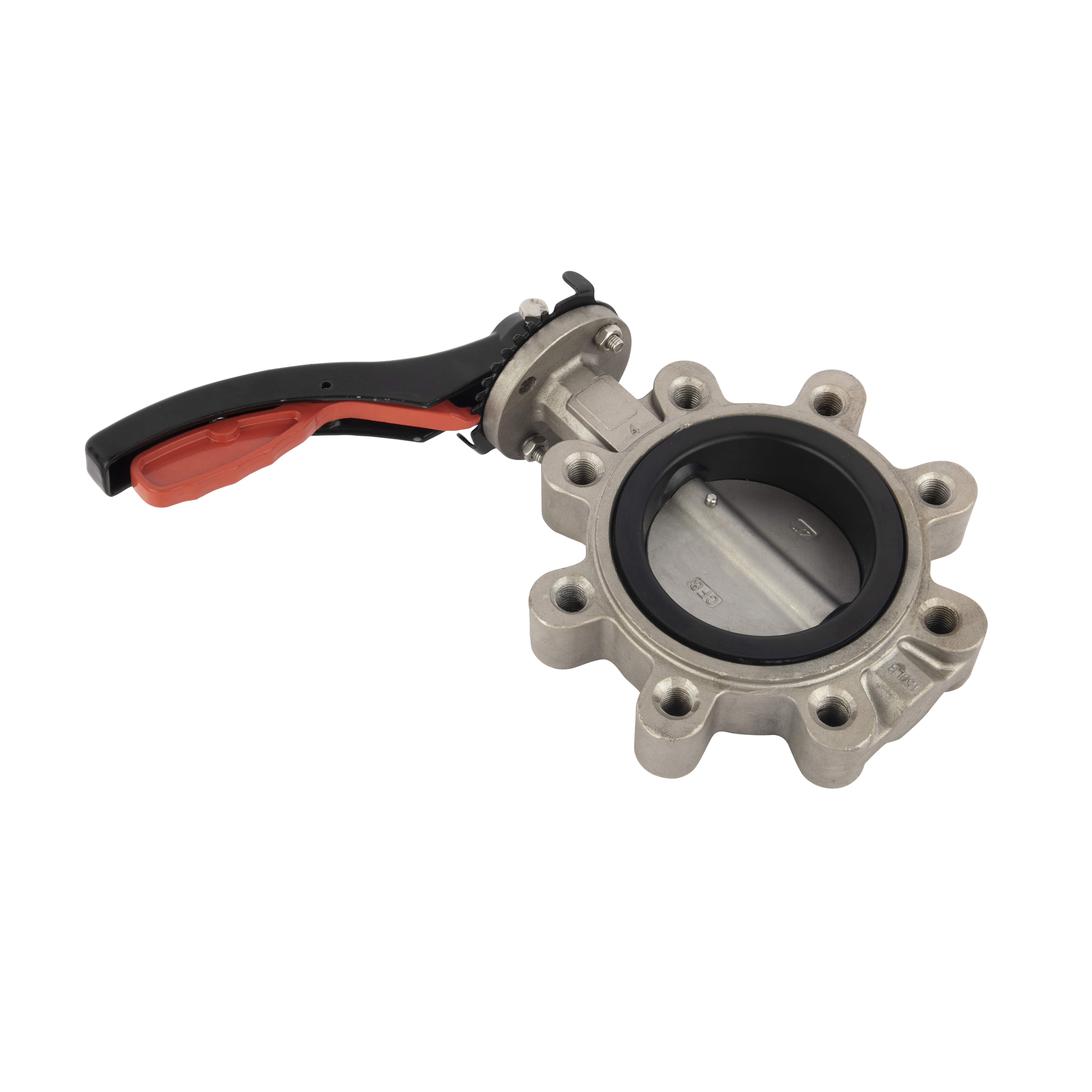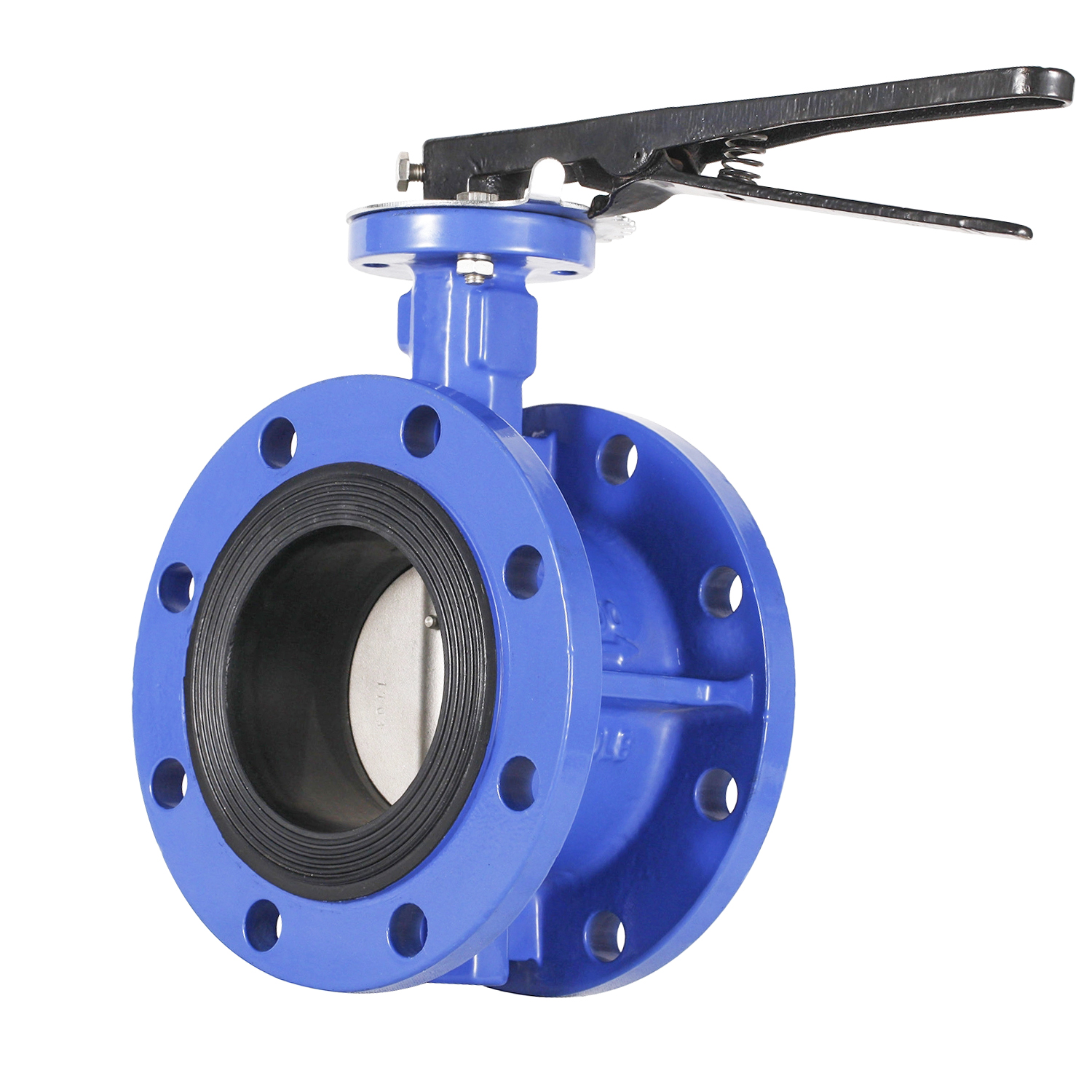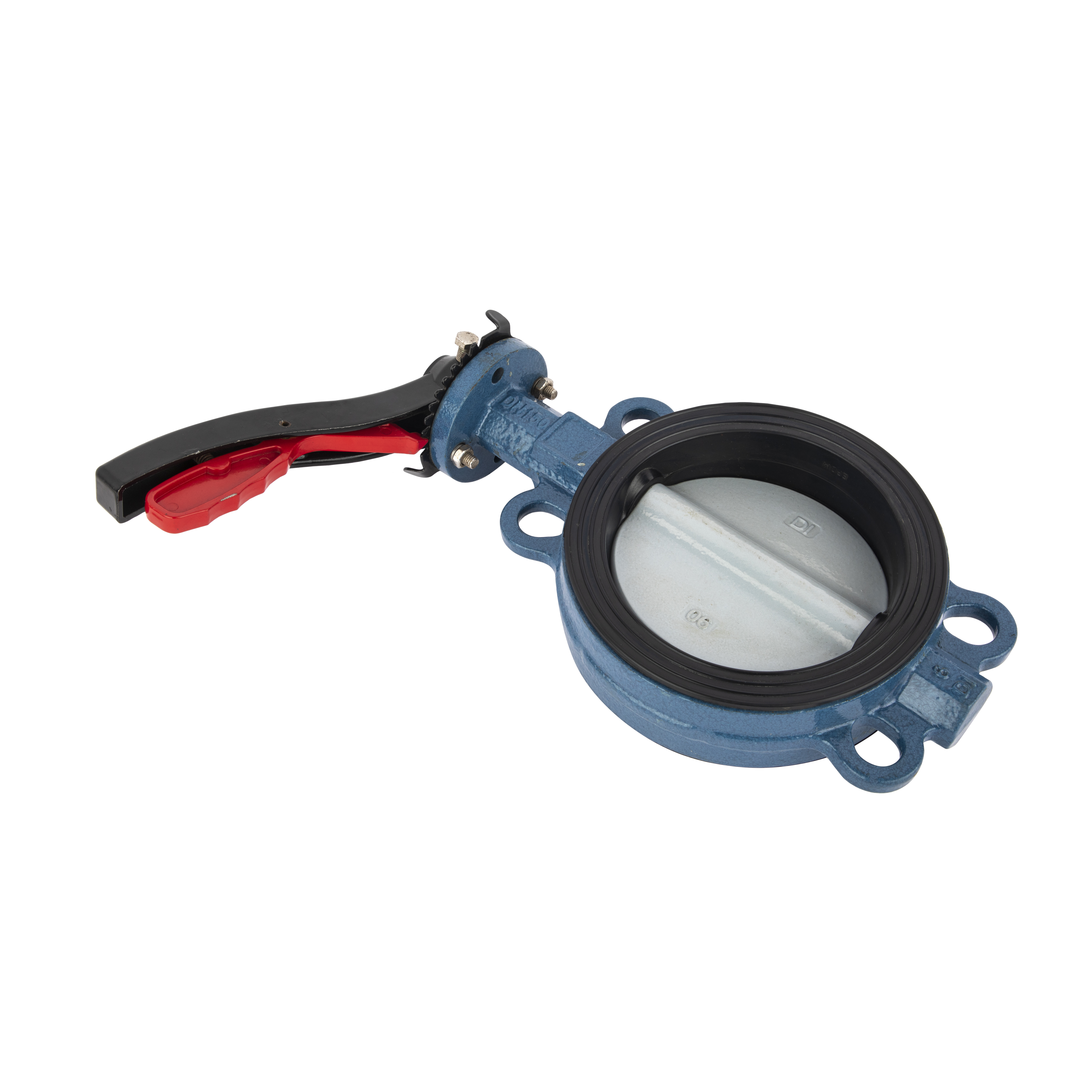The Introduction of Rubber Lined Midline Butterfly Valves and Their Types
Resilient seated center line butterfly valves are pivotal components in various industrial sectors, providing efficient fluid control with minimal leakage. Their design and construction make them versatile solutions for a wide range of applications. Let’s delve into the details of these valves and explore their different types:
Overview of Resilient Seated Center Line Butterfly Valves:
Resilient seated center line butterfly valves are characterized by their concentric disc design, where the disc’s shaft is positioned at the center of the valve body.
These valves feature a resilient seat made of materials such as EPDM, NBR, or Viton, ensuring a tight seal and minimal leakage even under challenging conditions.
The center line configuration facilitates smooth flow control, reduces friction during operation, and enhances the valve’s durability.
Types of Resilient Seated Center Line Butterfly Valves:
Wafer Type Butterfly Valves:
Wafer type butterfly valves are compact and lightweight, suitable for applications where space is limited.
They are designed to fit between two pipeline flanges using bolts and nuts, making installation and maintenance convenient.
Lug Type Butterfly Valves:
Lug type butterfly valves feature threaded inserts or lugs on the valve body, allowing easy installation and removal from the pipeline without affecting the adjacent pipelines.
They are commonly used in applications that require frequent maintenance or where the pipeline needs to be removed without disturbing the surrounding piping system.

Double Flanged Butterfly Valves:
Double flanged butterfly valves have flanges on both ends of the valve body, providing a secure connection to the pipeline.
They are suitable for applications that require higher pressure ratings or where the pipeline requires additional support.

U-section Butterfly Valves:
U-section butterfly valves feature a unique U-shaped profile in their disc, providing enhanced strength and stability.
This design allows for efficient flow control and tight shut-off, making them suitable for applications requiring reliable isolation and regulation of fluid flow.

Applications of Resilient Seated Center Line Butterfly Valves:
Water and Wastewater Treatment: These valves are widely used in water treatment plants, sewage treatment plants, and desalination facilities for flow control and isolation.
HVAC Systems: Resilient seated center line butterfly valves play a crucial role in heating, ventilation, and air conditioning systems for regulating the flow of air and water.
Chemical Processing: They are utilized in chemical processing industries for handling various corrosive and abrasive fluids, thanks to their resilient seat material.
Advantages of Resilient Seated Center Line Butterfly Valves:
Cost-Effective: These valves offer a cost-effective solution for fluid control compared to other types of valves.
Easy Installation and Maintenance: Their simple design and fewer components make installation and maintenance hassle-free.
Versatility: Resilient seated center line butterfly valves can handle a wide range of fluids and are suitable for diverse industrial applications.
Conclusion
In conclusion, resilient seated center line butterfly valves are indispensable components in industrial fluid control systems, offering efficient performance, durability, and versatility across various applications. Their different types cater to specific requirements, ensuring optimal functionality and reliability in diverse operating conditions.



